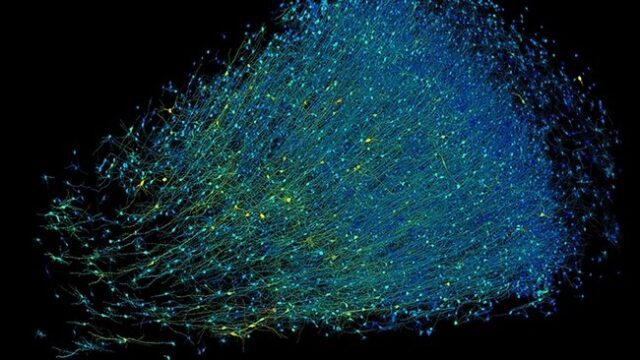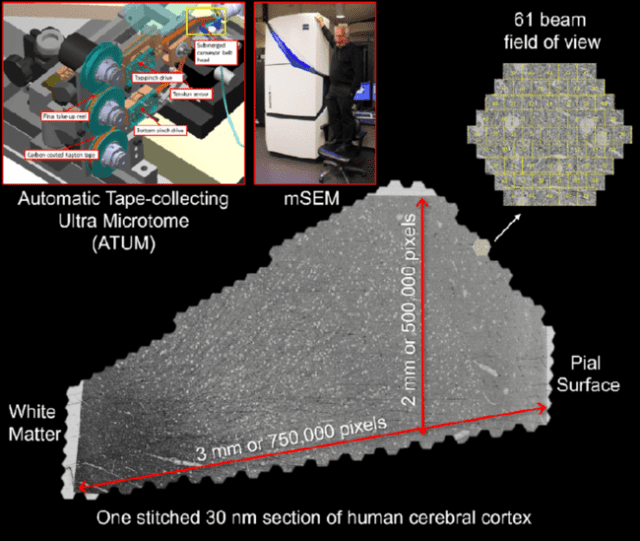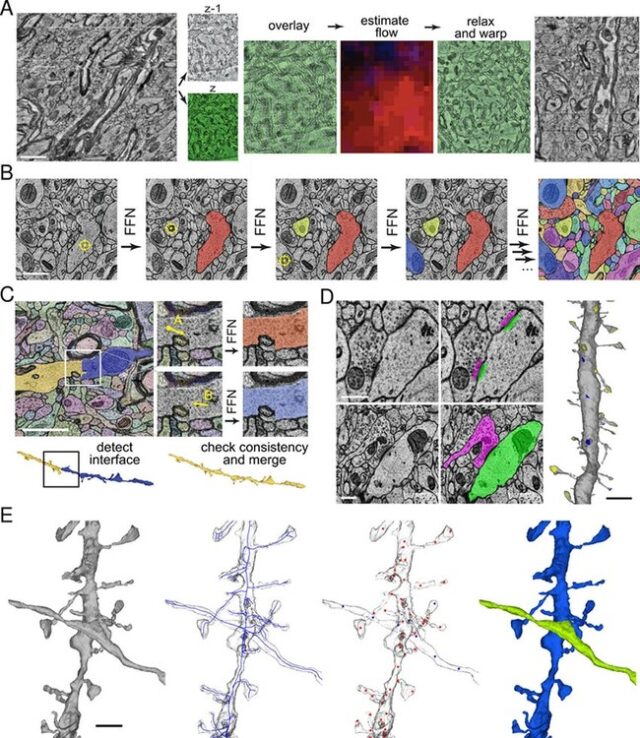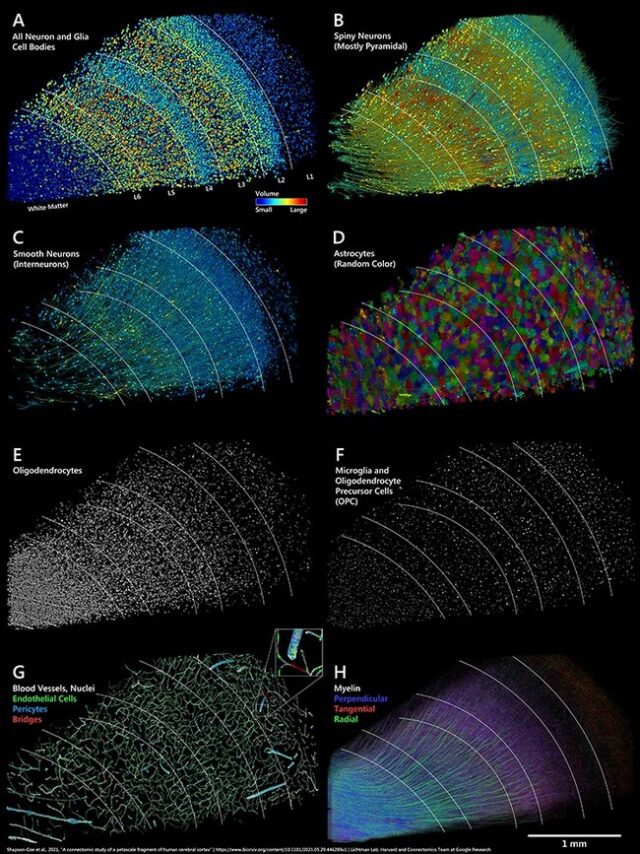
The human brain, a marvel of complexity and significance, continues to intrigue scientists with its enigmatic functions that govern every aspect of human experience. In an extraordinary collaboration, researchers from Harvard University and Google have harnessed advanced machine learning to produce the most detailed map of brain tissue ever created. This groundbreaking endeavor has focused on a minuscule 3 mm segment of brain tissue, resulting in a high-resolution map that meticulously charts 57,000 cells and 150 million synapses. Despite the tissue sample being only the size of half a grain of rice, the data output from this study is staggering, equating to the storage capacity of 2,800 laptops or 14,000 full-length movies. This unparalleled dataset, openly shared with the scientific community, promises to unravel many brain mysteries, providing unprecedented insights into its structural and functional complexities.

The tissue used in this study was sourced from a unique opportunity: a 45-year-old woman undergoing epilepsy surgery. Preserving the tissue in resin, a rare practice due to the limited availability of such samples, allowed the researchers to conduct an in-depth examination. The tissue was sectioned into 5,000 slices, each just 30 nanometers thick, and analyzed with a specialized electron microscope over a year. Subsequently, artificial intelligence reconstructed these images, accurately aligning each neuron with its corresponding synapses. The resulting 3D map, including all cellular elements like glial cells, blood vessels, and myelin sheaths, has already yielded surprising discoveries. For instance, observing multiple neurons with numerous synaptic connections challenges existing textbook descriptions. This complex connectivity might be indicative of well-learned, automatic responses, such as the instinctive action of pressing a brake pedal. As more researchers delve into this data, the project is poised to revolutionize our understanding of neuronal networks and brain function, paving the way for future neuroscientific breakthroughs.

















